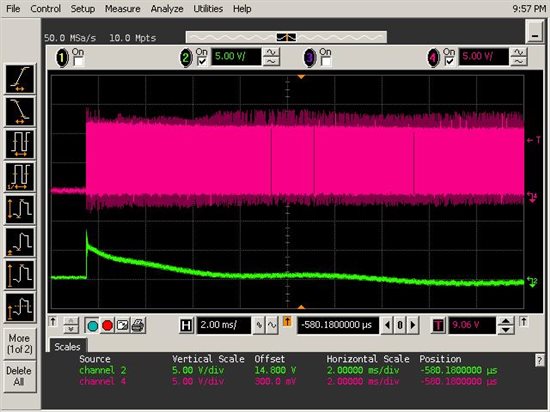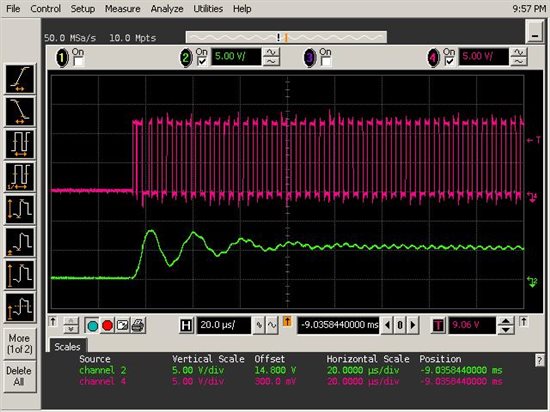My first question is merely about saving unecessary passive parts; the second is an actual problem:
1. Paralleled outputs:
I've got the TPA3122D2 setup with the example circuit from the datasheet, and it performs OK with single-ended stereo inputs. I've used mostly 8-ohm speakers, with both the EVM default 470uF output caps, as well as 2200uF for deeper bass, 100 uF for wideband speakers, and single-digit uF for tweeters.
As I'm getting closer to the final product configuration, I settled on a single 4-ohm woofer to produce mixed L+R bass, in the vein of a subwoofer.
(I originally pondered a BTL .setup for a central 8-ohm woofer, but in the single attempt so far the DRV134 I used appeared to melt while its electrolytics exploded. Reversed PS polarity?)
I'm planning to use one IC for the pair of wideband L and R speakers, and another with both channels driving the bass, to have more total power before I reach the individual devices' high-THD (etc.) parts of the various performance graphs.
A. The obvious circuit to use is to mix L and R before the inputs, then go through the 1uF input coupling cap into the 3122, and then add all the usual components at the outputs sized for 8-ohm devices (incl. 2200uF caps for lowest bass) before connecting to the + pin of the single 4-ohm speaker. Can I leave out (1 of the pair of) any of those parts and connect the L and R sides of the circuits (in and/or out) nearer the IC? E.g. can I use a single 1uF input cap and connect the input pins? Or can I connect the outputs before the filter cap, or even before the inductor?
B. If the answer to (A) is a Yes of any sort, is it any different when the output filter caps are 100 uF? (To give each wideband speaker its own 3122 as well.)
C. There's a TI app note somewhere about power supply pumping in class-D amps, especially during similar L/R signals. Perhaps less useful because there may not be that much difference between L and R in the bass frequencies (I do intend to low-pass filter before the bass's 3122 to avoid a crossover network), I considered running L and R through the 3122 separately and joining just before the speaker. Is that even possible (not to mention, do any of the savings from (1) apply?), or does the effective voltage difference between the outputs require additional components to mix?
I thought I saw an app note some time ago that described which of the non-duplication in (1) could be done, but I cannot find it now.
2. How to avoid the earth-shattering POP whenever I power it up?
Is there an RC circuit or similar with which to drive Shutdown or Mute such that there is no loud pop when powering up? So far, my debug setup consist of a full-up power source, such that the supply voltage has a step up, as opposed to the final product's unregulated transformer PS which is switched at the mains, which would, I assume, produce a slightly slower rate of rise - so that might make a difference. But trying to defeat it, I've experimented with hardwiring either Shutdown or Mute to the "off" state, powering up, then switching the respective input to the "on" state - and depending on which I do, I get the POP either when powering up, or controlling to "on" - I've not managed a POP-free startup.
Are Shutdown/Mute only intended for use with a (micro)controller setup which is powered up before the 3122, controls the 3122 power, and can therefore drive the high-active Mute high before the 3122 is powered up?
Or should this work with a single plainly-switched power supply, and I'm just doing it wrong?
Is it just that my switch just to rough, and the smooth action of an RC circuit is needed?



